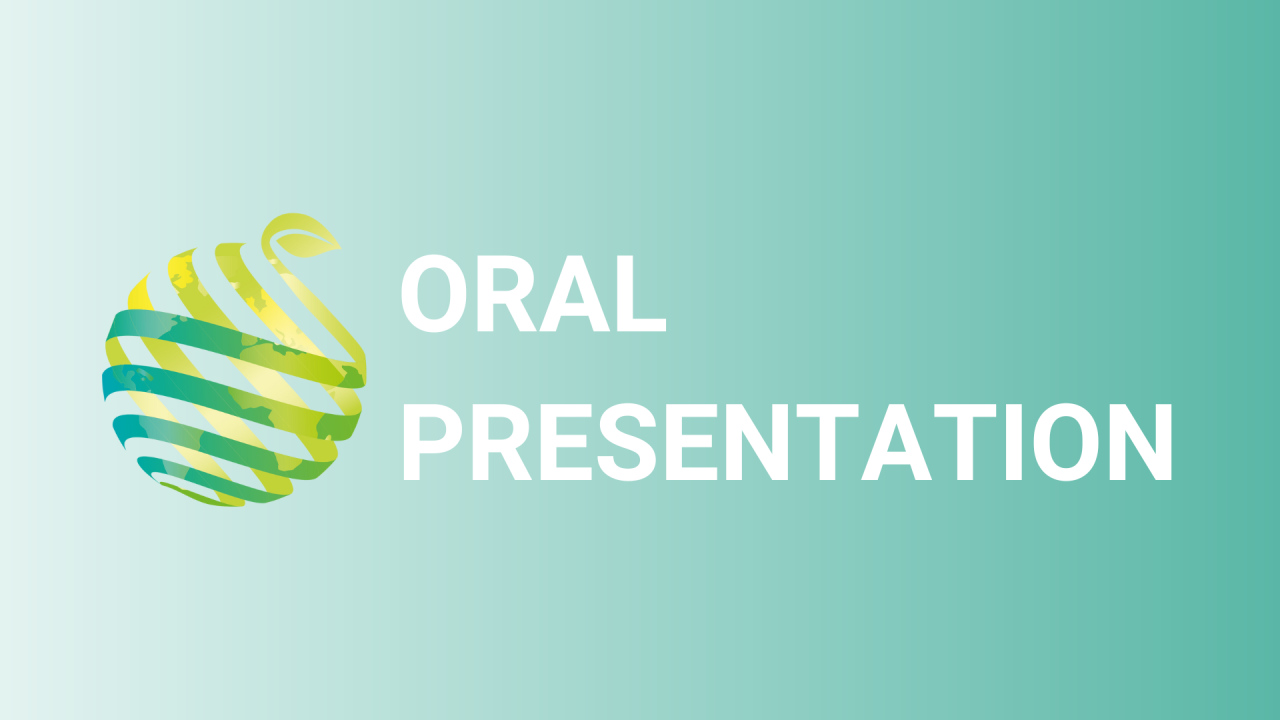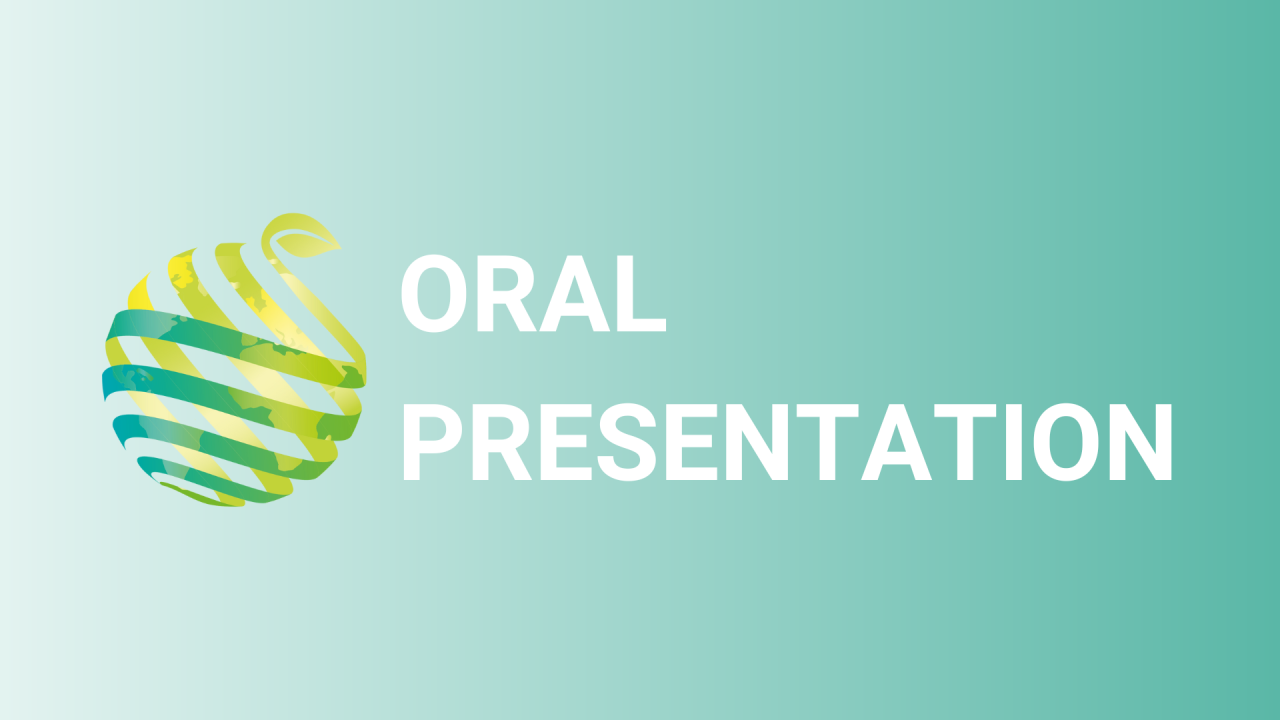

S01 - Session O9 - II - Variation of morphological and yield traits in a banana (Musa acuminata) breeding program of triploid populations: lessons for selection procedures and criteria
Information
Authors: Lucile Toniutti *, Simon Rio, Frédéric Salmon, Guillaume Martin, Jean-Yves Hoarau
Banana breeding programs aim to deliver new high-yielding varieties that are resistant to diseases and pests, and with high fruit quality. Their efficiency in terms of genetic gains per unit of cost and time, and their ability to release new varieties rely on the development of many breeding applications based on quantitative genetics theory and statistical analyses of numerous experimental data. In the present study, we took advantage of a banana breeding program of 2662 triploid hybrids obtained from a parental population of 48 varieties reflecting Musa acuminata diversity, to document genotypic variation of 26 traits related to vegetative growth, and morphological, phenological and yield characteristics. Triploid hybrids were obtained by crossing a diploid with a tetraploid genitor. The experimental set up was divided into 48 blocks nested within 12 plots, and each hybrid was present in only one copy in the entire experiment. Since hybrids were not replicated across blocks or plots, the presence of 8 control plants per experimental unit allowed analysing all blocks in a single statistical model. Twelve traits were measured at flowering, when the inflorescence appeared at the top of the pseudostem, and 14 traits at harvest, when the first fruit turned yellow. For each trait, the whole hybrid populations was globally analysed according to the experimental design with a mixed linear model. Genetic values were extracted and used to compute broad-sense heritability values. For most traits, heritability estimates were over 0.5 with a high contribution of the tetraploid parent. Interestingly, there was a low contribution of the diploid-tetraploid interaction term in the genetic value. However, the composition of the genetic variance depended on the trait, suggesting that different strategies will be required depending on the trait. This work will contribute to optimizing the breeding strategy.